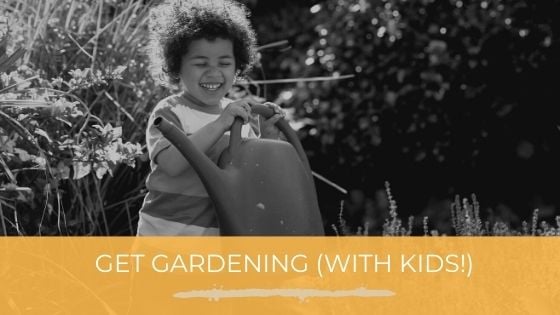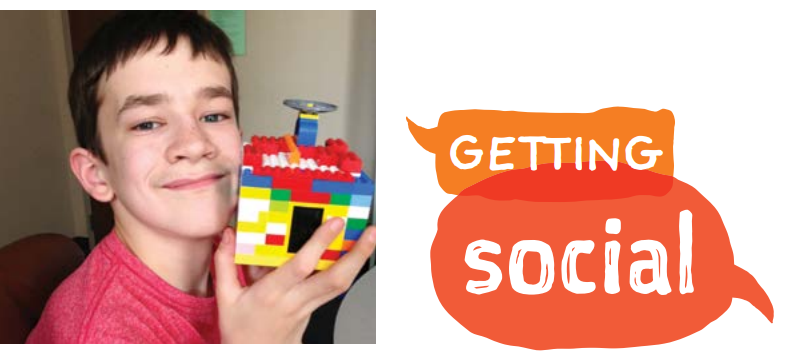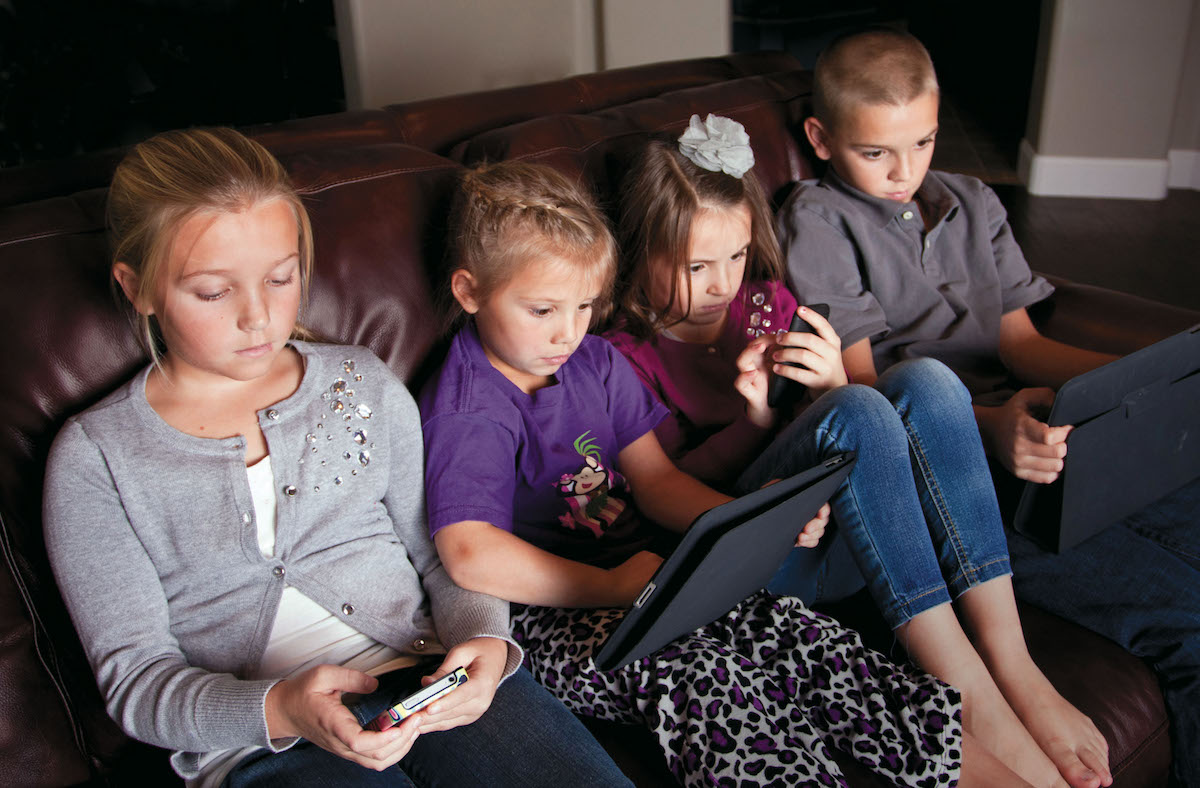Rest assured: Transitions can be difficult for all children. You’re not alone if you have children who react strongly when it’s time to change what they’re doing.
As a parent, I can relate to thinking, “Why in the world is my child responding SO BIG when I just asked her to… [have dinner, run an errand, leave for school]?”
As adults, we can empathize with not wanting to switch gears if we’re in the groove of a particular activity, but the tears, stomping or tantrums that often occur when it’s time to transition can be a real challenge. And it’s one all parents face.
There are the day-to-day transitions such as bedtime, getting to school and turning off a video when it’s time for dinner. Bigger transitions, such as the beginning or end of a school year, a move or a change in family composition, can also exacerbate a child’s difficulties with change.
Depending on the age of the child, he or she may not actually have the brain development to cope easily, rationally or empathically with a transition, which is why your response is so important.
A parent’s response influences how a child moves through a given transition and can help manage future transitions.
Stay calm and connect: When your child is in the throes of big emotions, resist the urge to fix or change the feelings. Instead do all you can to connect physically and emotionally with your child. Touch his arm, make eye contact, turn off distractions — ensure your child knows he has your full attention.
Help your child name his feelings. Reflect back what you hear and validate the distress. As much as you can, model the behavior you are hoping to see in your child. Do what you need to do to stay calm: Take deep breaths, take a little break, name your own feelings.
Provide routines and warnings: Be consistent with how you handle transitions! This is a truly golden nugget of guidance, as consistency can be incredibly helpful so children know what to expect each and every time.
Children will try all kinds of things to get their way. This can present a real test for parents to provide consistent messages, responses and consequences.
The use of rituals and routines can help, especially for transitions that happen every day. Distraction and playfulness through the use of songs or movement, or reminding your children about a reward for getting through a transition can help them move through their initial resistance.
You might also try giving your child a warning countdown: In 10 minutes we’ll stop playing and get PJs on. Then: In 5 minutes, we will get PJs on. And so on.
All of these strategies reinforce that transitions will be handled the same every day. Transitions and change aren’t always welcome, but consistency is incredibly reassuring.
Plan ahead and look back: Anticipating future transitions is another good strategy, as children tend to do better with some information about what’s to come. Reflecting on how they’ve handled things in the past helps them plan for what they might do and what they might need in the future.
Problem-solve with your child about why a past transition was hard. It can be tempting to “just move on,” but growing your child’s reflective capacity is a wonderful life skill that can help her better understand her triggers, her worries and what’s helpful during tough times.
Cheer: Praise the moments your child handles a transition with little emotional or behavioral difficulty! A quick, “I love how you turned off the video right away!” reinforces the positive behavior. Sometimes a positive reward system can spark your child’s motivation to better manage transitions. The goal with reward systems is to shape behavioral responses so your child is able to draw upon internal rewards (sense of accomplishment or mastery, positive feelings within a relationship) rather than rely on external rewards.
Stay cool: Do your best to ignore minor disgruntlements from your child, as long as your child ends up complying within the expectations you’ve set forth. Focusing on the positive versus the minor negatives can go a long way toward helping your child feel successful and motivated.
Children who struggle with anxiety, sensory integration or ADHD may have even more challenges with transitions and may require therapeutic interventions to support both the child and the caregivers.
Call a community mental health center such as Washburn Center for Children (612-871-1454) if you have concerns about your child’s mental health, development or learning.
Dr. Rachael Krahn is a child psychologist with the Washburn Center for Children, a Minneapolis-based community mental health center with a mission to nurture every child and family’s well-being through transformative care.






















